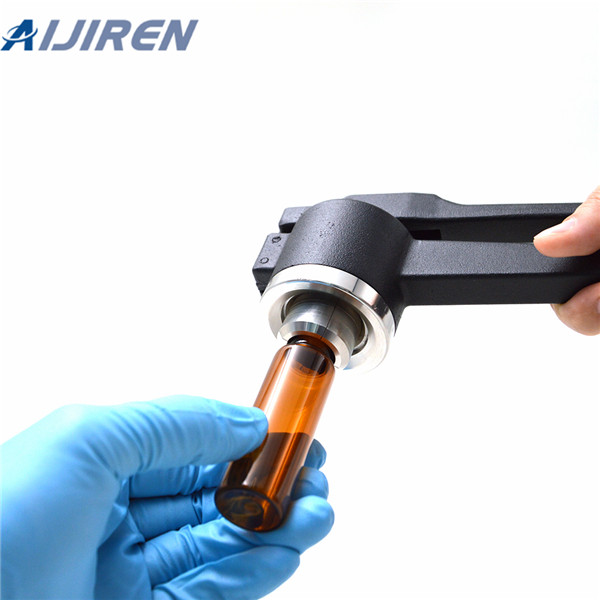
Nov 19, 2018 · Borosilicate Glasses. This is among the most common type of glass found in laboratories and is used in beakers, vials, test tubes, flasks etc. This material has a low expansion that makes it suitable for a wide variety of laboratory applications. It has a high resistance to chemical attacks and a very low coefficient of expansion.
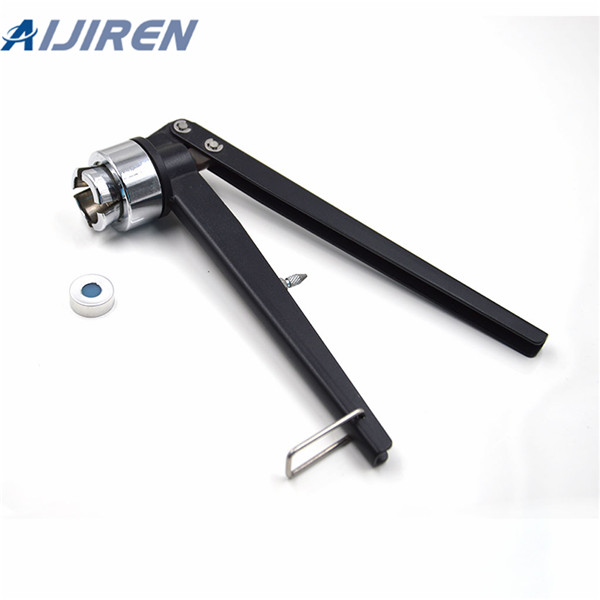
- A setpoint of -2 mm will sample 1.6 mm from the vial bottom - Range is -2 mm to 30 mm • Example uses: - Samples with sediment (although properly filtering the sample is ideal) - Sampling from higher in the sample vial in liquid-liquid extractions - Small volume sampling • Exercise caution when using sample offsets in combination with vial
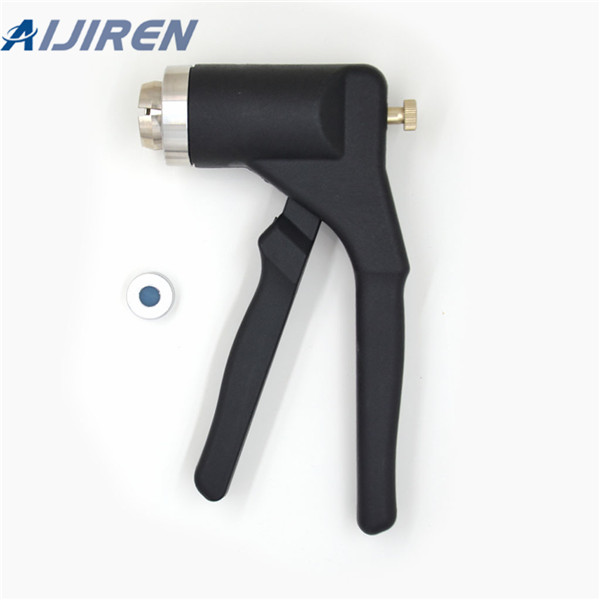
Autosampler Vial, Clear Chromatography Lab Vial, HPLC LC GC 1 This item: Autosampler Vial, Clear Chromatography Lab Vial, HPLC LC GC 1.5 ml Wide Opening Short Screw-Thread Sample Vial with Write-on Spot, Clear, 12x32mm, 8-425 Top Type, 100 pcs/pk by Aijiren $13.99 ($1.40/10 Items) Autosampler Vial, Chromatography Lab Vial, HPLC LC GC 1.5 ml Autosampler Vial, Clear Chromatography Lab Vial, HPLC

for the thermal expansion coefficient of silicon are usually less than 0.2 %, and the standard deviation of the curve fit to the data is less than about 0.2 % over most of the temperature range . Copper referred to here is of very high purity 99.99% (4N or better) and may be considered oxygen-free
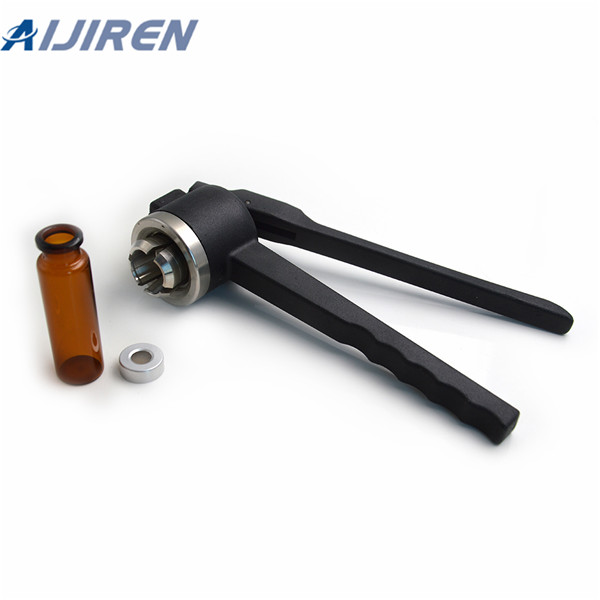
Color: BrownFeatures: 2ml sample vial are made of high quality borosilicic acid glass,low content of free ions,low coefficient of expansion and very high Your reliable partner - GL Sciences chromatography certified, number scale and writing patch a low expansion coefficient even at high temperature variations.
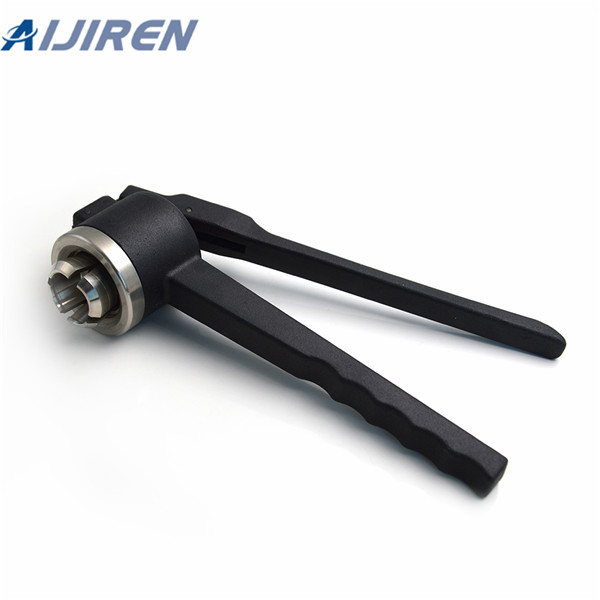
the entire set of vials is vigorously mixed for a I-hr equi librium period. A duplicate set of vials are prepared and allowed to incubate for 3 hr. At the end of the 1-and 3-hr incubations, l ml of headspace from each vial is re moved and the chemical concentrations are determined by gas chromatography. Partition coefficients are deter
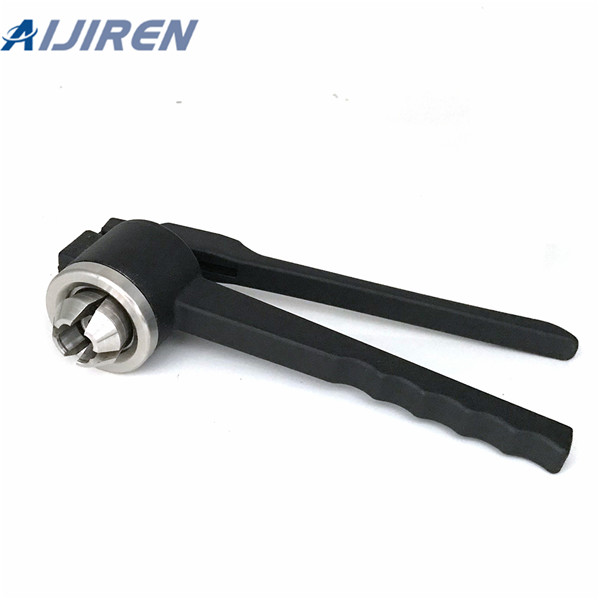
expected from 33 type vials, as the coefficient of mean linear thermal expansion is the lowest for the basic tubes used for vial manufacturing, as well as the hydrolytic resistance acc. to ISO 719, acid resistance acc. to DIN 12116 and alkali resistance acc. to ISO 695. Aside of 33 type vials we tested vials of the 51 and 70 type, in order
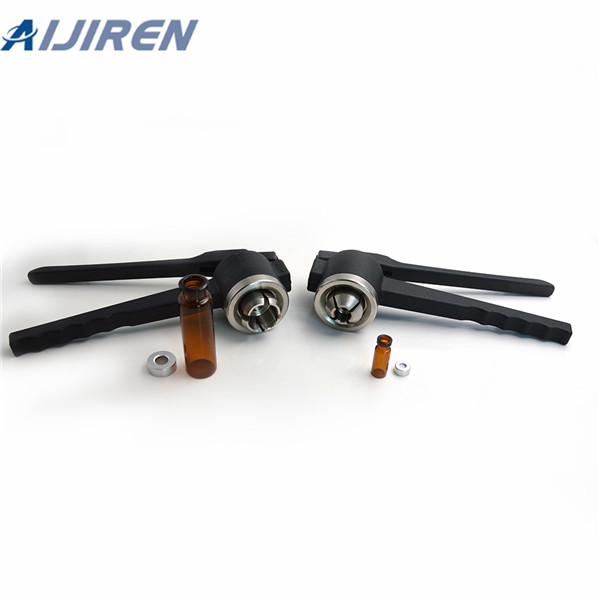
Very large aggregates / Particles Sample Is the sample in the HPLC vial the same as in the drug substance or ... coefficient If there are no interfering species ...

Mar 23, 2021 · Head Space Sampling for Gas Chromatography (HSGC) is an injection technique which prevents non-volatile materials from going into the chromatographic column. This article explains briefly some of

The partition coefficient is proportional to the ratio of the concentration of molecules between the two phases when at equilibrium as shown in Equation 1. Where: K is the partition coefficient of a given compound between sample (liquid) phase and the gas (headspace) phase C S is the concentration of that compound in the sample (liquid) phase C G
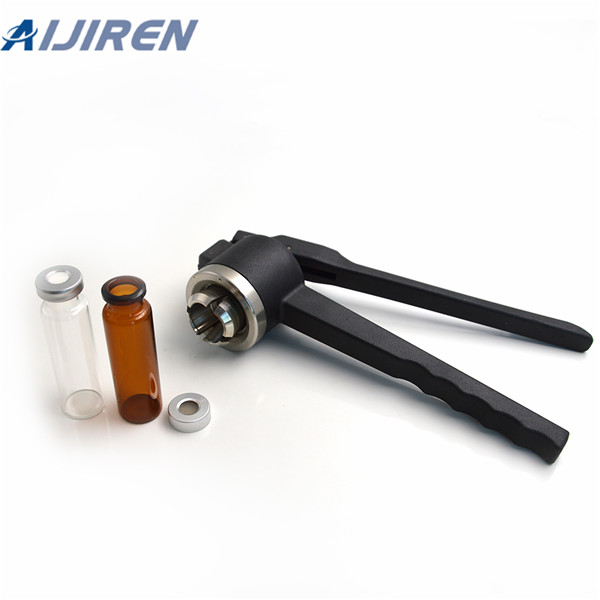
Borosilicate Glass (SiO2 and B2O3), has a very low coefficient of thermal expansion making it more resistant to thermal shock than any other common glass. It also has very high electrical resistivity and dielectric strength, high chemical stability, withstands high applied torque loads and is visible to near Infrared transmission.
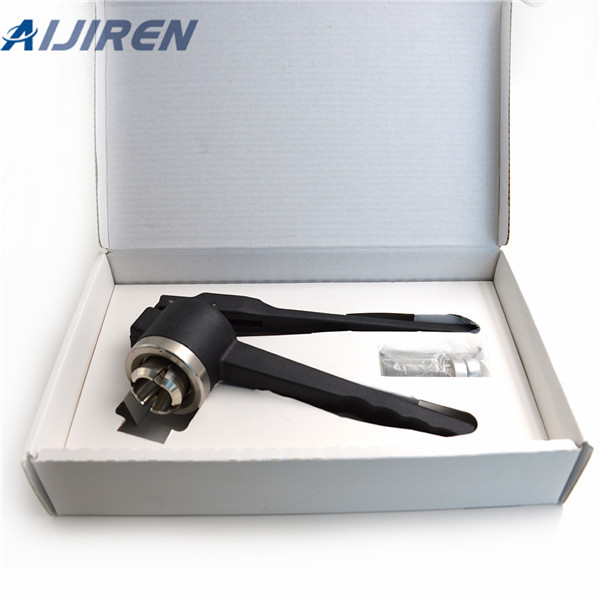
clear glass vials are Type 1, 33-expansion glass. Type 1, 51-Expansion Glass More alkaline than 33-expansion glass and is adequate for many laboratory uses. It has an expansion coefficient of 51x10–7 ˚C and is composed primarily of silicon and oxygen, with trace amounts of boron. All Aijiren Technology amber glassware is Type 1, 51-expansion glass.
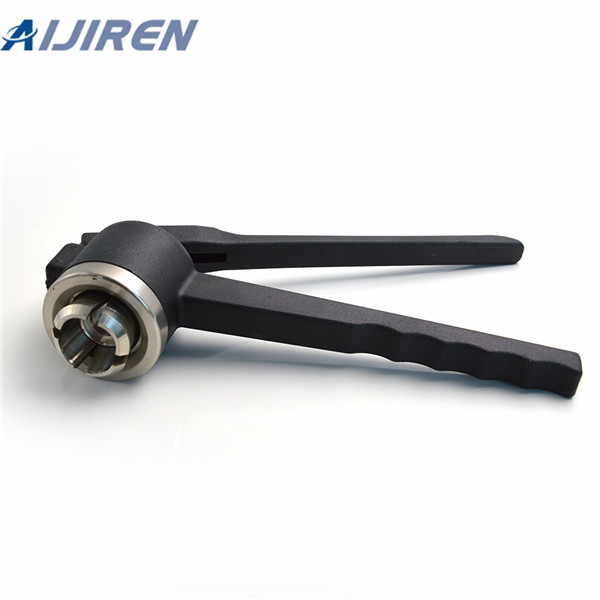
33 expansion clear glass N-51A amber glass Clear glass type 33 expansion products are manufactured from 33 expansion borosilicate glass, have a low coefficient of expansion and very high resistance to chemical attack. It has low alkali content and is free of elements from the calcium, magnesium, and zinc group of heavy metals.
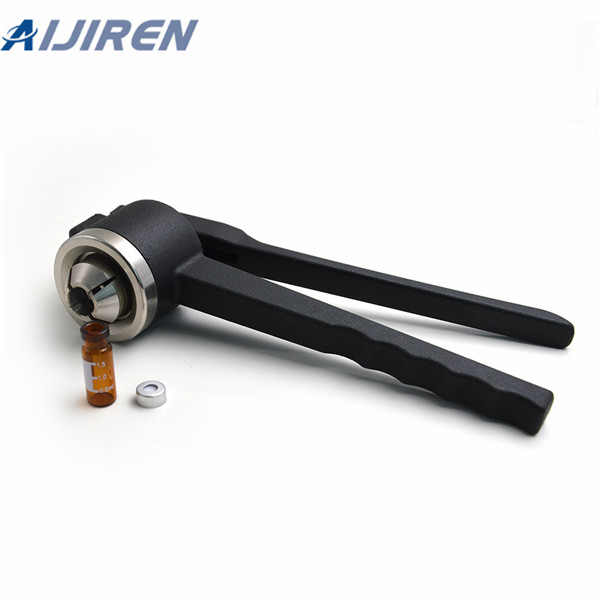
Sample capacity Depending on autosampler, GC, and MS configurations: Up to 4608 well plates Up to 840 0.5/0.7 mL vials Up to 648 2 mL sample vials Up to 180 10 mL or 20 mL vials, or up to 240 vials using the TriPlus RSH autosampler trayholder Syringes Capable of handling liquid volumes in the range 0.1 μL – 100 μL

High performance liquid chromatography (HPLC) can be used to separate and identify different large biomolecules such as protein and peptides in a sample. It is based on the pumping of a sample with a solvent (mobile phase) through a column packed with sorbent material (stationary phase) at a high pressure.